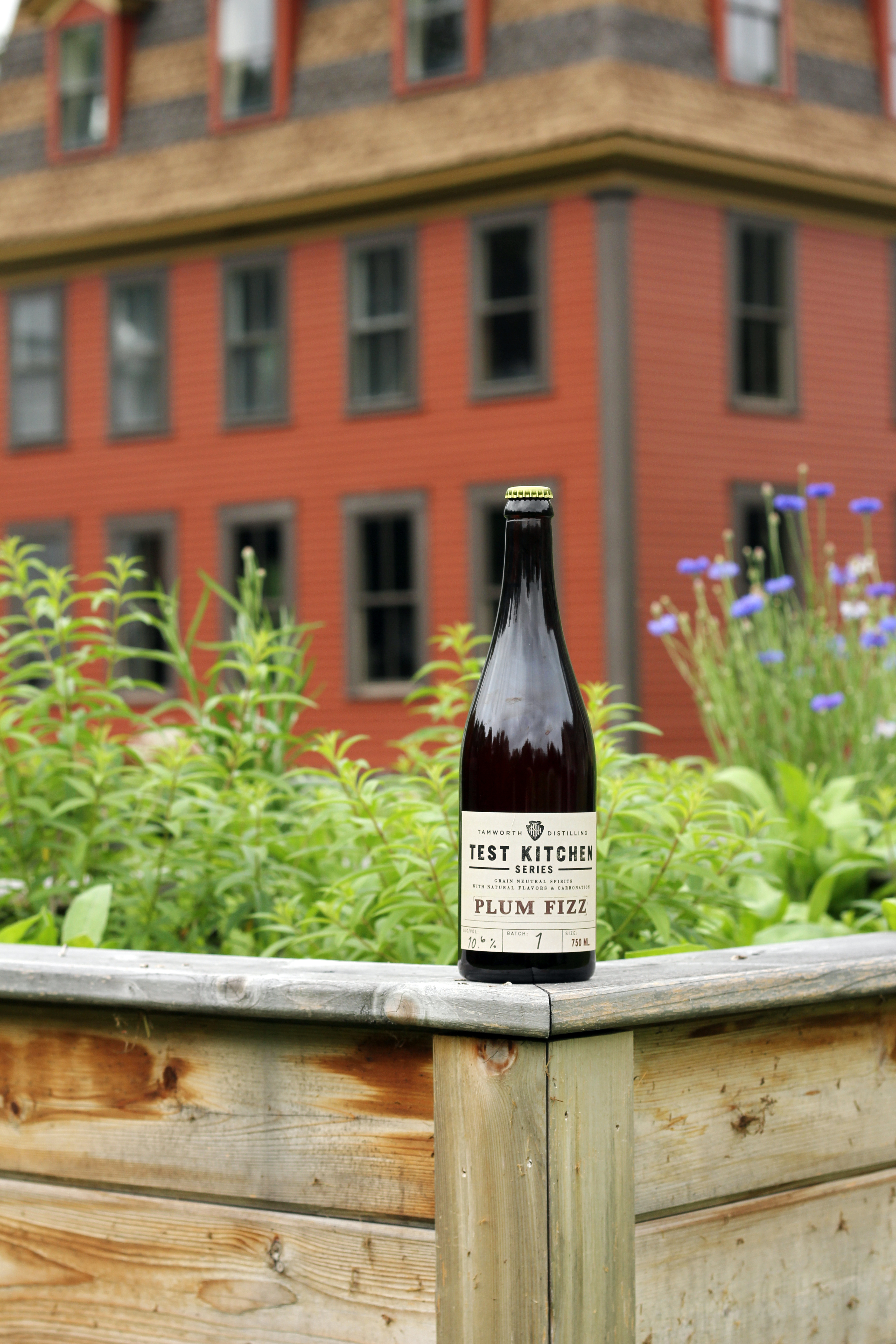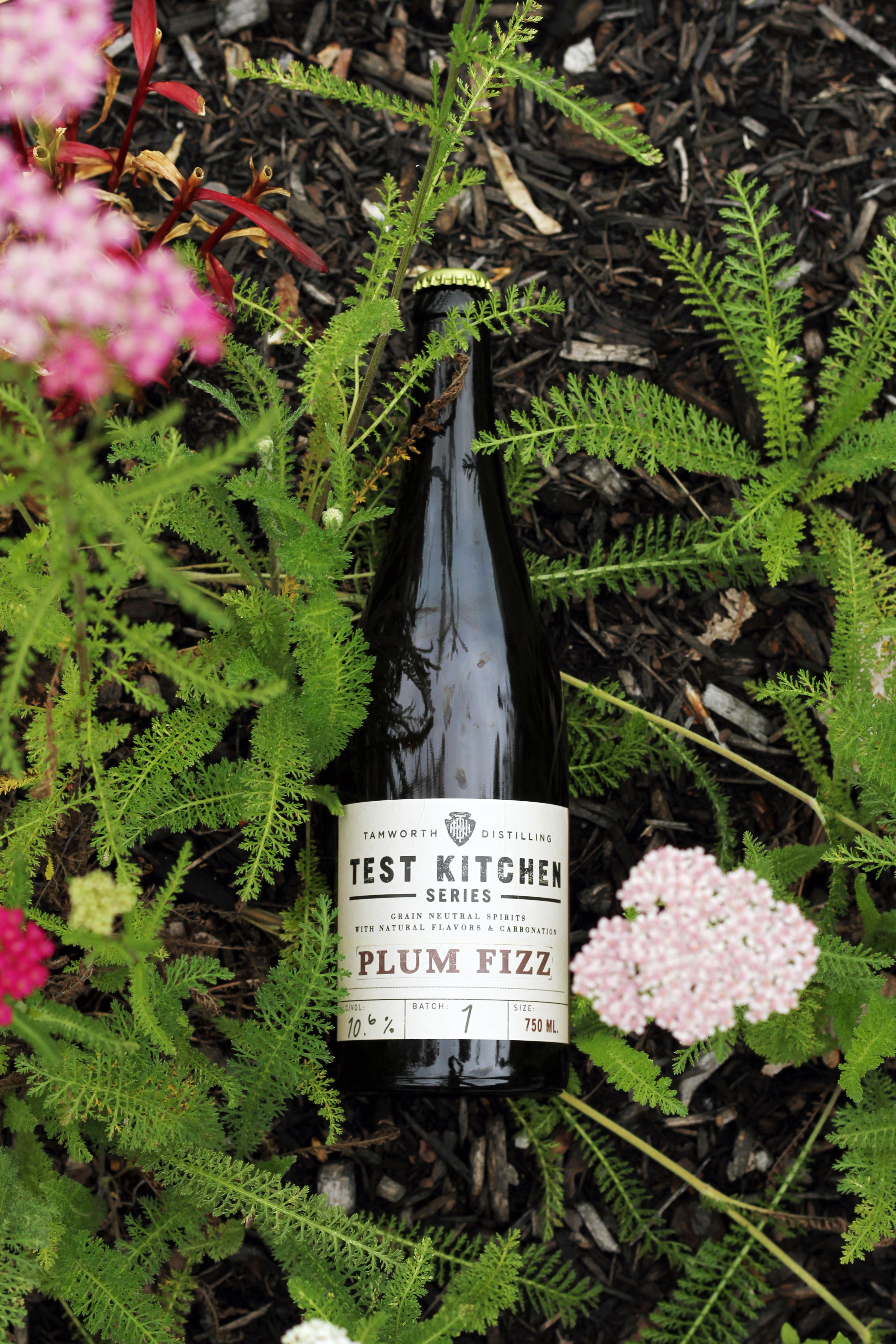 Fresh fruits are some of our favorite ingredients to work with in the TDM test kitchen. Their aromatics, sweetness, acidity, and bitterness make a perfect base for other flavors to operate.
Fresh fruits are some of our favorite ingredients to work with in the TDM test kitchen. Their aromatics, sweetness, acidity, and bitterness make a perfect base for other flavors to operate.
There are a challenges with fruit-based products though. Topping that list is the preservation of that fresh, fruity flavor as we’re turning it into a spirit. We try really hard to limit any infusion’s exposure to oxygen, light, and heat so that every flavor ends up tasting bright and clean in the bottle. Often this means accepting lower yields from our infusions to make sure the product tastes perfectly fresh. Needless to say, this compromise always leaves considerable flavor and alcohol in the infusion’s fruity solids.
One goal of the TDM test kitchen aims to recover as much of that flavor and alcohol from the fruit pomace as possible. Most recently some seriously flavorful damson plums showed us a new light that is proving to tie elements of wine-making and brewing into a new class of spirit.
Atop any wine-maker or brewer’s repertoire lies their ability to selectively coax specific flavors from whatever raw material they’re working with. Elements of time, temperature, alcoholic strength, and so on can influence both subtle and dominant flavors in a liquid’s final character.

We chose to borrow some tactics from these worlds in order to capture the remaining essences from our damson plums. Following the high-proof extraction that creates the base for our cordial, we chose to use an extended maceration at a lower proof to pull a whole new suite of flavors from our mountain of plum pomace.
From this secondary infusion process, we accomplish a few exciting things at once: “lauter” our hard-earned alcohol directly out of the pomace via osmosis, extract new flavors from the skins and pits, and perform a slow re-fermentation of residual fruit sugars in the infusion.  The re-fermentation component of this is critical as it scavenges any oxygen that threatens to stale flavors over time. Re-fermentation also opens up a whole new world of yeast-derived flavors that we can pick and choose based on what flavor we’re targeting.
The re-fermentation component of this is critical as it scavenges any oxygen that threatens to stale flavors over time. Re-fermentation also opens up a whole new world of yeast-derived flavors that we can pick and choose based on what flavor we’re targeting.
For our first batch, we allowed our plum pomace to macerate and re-ferment for several months with a French Prisee de Mousse yeast. We chose this yeast to release any glycoside-derived aromas that might be bound up in the plum solids. Batch one was then blended with various distillates of lavender, coriander, and Mosaic hops. The result is a 10.6% ABV tart fizz with a big bouquet of juicy aromatics.


